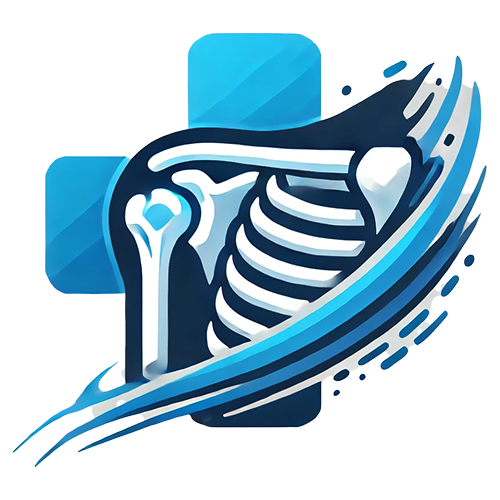The Shoulder Joint
The shoulder is the most mobile joint in the body and connects the top of the arm bone (humerus) to the shoulder blade (scapula). The shoulder has another joint, the AC joint (acromioclavicular joint), which connects the collarbone (clavicle) to the shoulder blade (scapula). The shoulder joint is important for positioning the hand in space, is very mobile, and is at risk for damage either through injury or repetitive use.
Shoulder Arthroscopy
Shoulder arthroscopy is a surgical procedure that involves inspecting the shoulder joint and the space around the rotator cuff with a small camera, or arthroscope. Sterile fluid is run through the shoulder joint to expand the joint, making it easier to see and work inside the shoulder joint. The advantage of having shoulder operations done through the scope is more than cosmetic. Depending on the type of procedure, post-operative pain and recovery time can be faster. The risk of infection may be lower than with an open procedure, and often blood loss is less. This type of surgery is usually performed on an outpatient basis, so that you can go home the same day.
The camera and any instruments your surgeon uses to work on your shoulder will be placed through small button-hole sized incisions called portals. The portals are often maintained with metal and plastic tubes called cannulas. The cannulas are placed into the shoulder joint through the small skin incisions, or portals. Many operations that used to require large incisions can now be done through these small skin incisions. There are usually at least two portals placed around the shoulder joint, one in the front and one in the back. Additional portals may be placed on the side or added to the front, depending on the work that must be done in your shoulder.
Shoulder arthroscopy can be done with you reclining on your back (the beach chair position) or on your side (the lateral position). Special instruments have been designed to help Dr. Burns accomplish the same job through small incisions. Most of these instruments are long and thin, like a pencil, to fit through the cannulas. Another small device used frequently in arthroscopic shoulder surgery is called a suture anchor. These devices can be screwed or impacted into the bone with suture attached, and allow your surgeon to sew things directly down to the bone. Suture anchors can be used to repair torn structures, including torn ligaments and tendons such as the rotator cuff.
Common Conditions Treated with Shoulder Arthroscopy
Common procedures that can be performed with shoulder arthroscopy include:
Rotator Cuff Repair
The rotator cuff muscles are 4 distinct muscles that help to raise the arm and hold the ball and socket together. The rotator cuff can be damaged through injury or repetitive wear and tear.
Labral Repair
The labrum is a lip or rim of cartilage that acts as a bumper cushion, deepening the socket and improving stability for the shoulder. The labrum can be damaged through injury, such as dislocation, or through repetitive wear and tear.
Shoulder Dislocations
Shoulder dislocations can cause significant damage to the shoulder including labral tears, bony fractures of the socket (Bankart lesion) or humerus (Hill Sachs lesion), stretching or tearing of the capsule, and damage to the articular cartilage. Rarely, nerve stretching injuries (neuropraxia of the axillary nerve) can also occur.
Capsule Release for Frozen Shoulder
Frozen shoulder is a severe inflammation and tightening of the capsule (lining) of the shoulder joint. Arthroscopic release of this tissue can relieve pain and improve range of motion in patients with frozen shoulder.
Distal Clavicle Excision for AC Joint Arthritis
At the end of the collarbone is a small joint (the AC joint) that can become painful and arthritic. Shoulder arthroscopy can be used to remove the arthritic joint at the end of the collarbone.
Shoulder Separation Repair or Reconstruction
The AC joint can be injured and pushed out of place. This injury is called a shoulder separation. Surgery can be performed to stabilize and secure this joint back into position.
Superior Capsular Reconstruction
Occasionally, rotator cuff tears can become so large, scarred, and shrunken down (atrophied) that the tears are not repairable. SCR is an arthroscopic technique in which cadaver tissue (allograft) is used to reconstruct the shoulder capsule and provide coverage and cushion in place of the rotator cuff.
Treatment for Biceps Tendonitis
The biceps tendon can become frayed, painful, or slip out of place. Arthroscopic surgery can be used to remove the damaged portion of the biceps and stabilize it.
